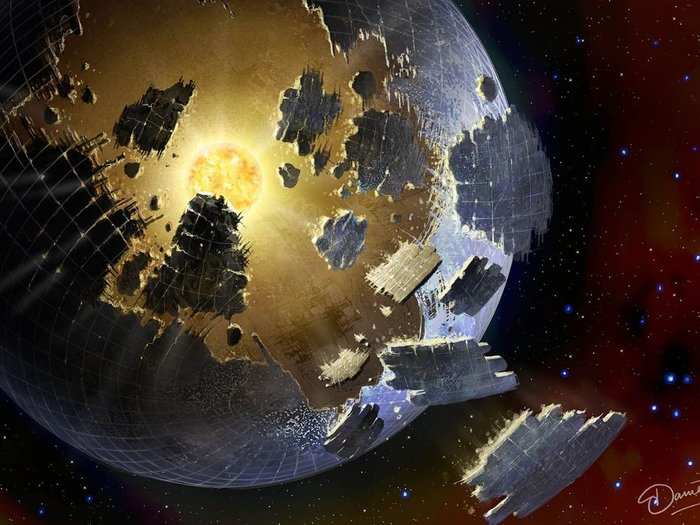Dim red stars that are nothing like the sun may be our best hope of finding aliens
The Milky Way is home to some 100 billion to 400 billion stars, including the sun.

And the vast majority of those stars — perhaps 75% or even 80% — are dim, red dwarf stars less than half the mass of the sun.
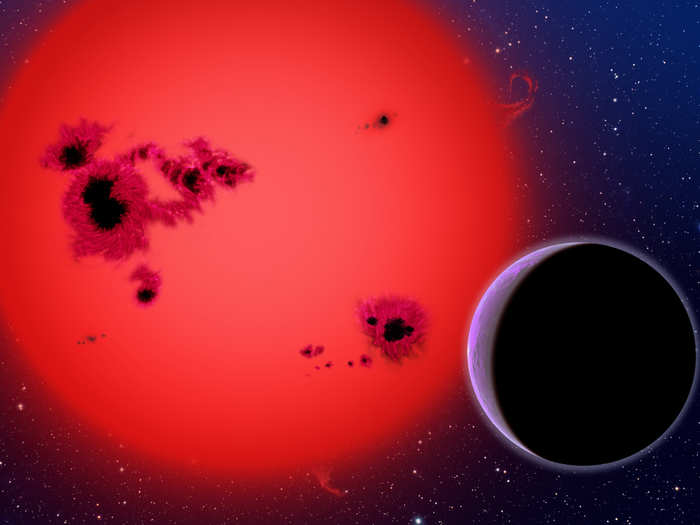
Sources: Interview with Abel Méndez; Smithsonian Insider
That's why scientists are so excited by Proxima b — an Earth-size planet that orbits the red dwarf star Proxima Centauri.
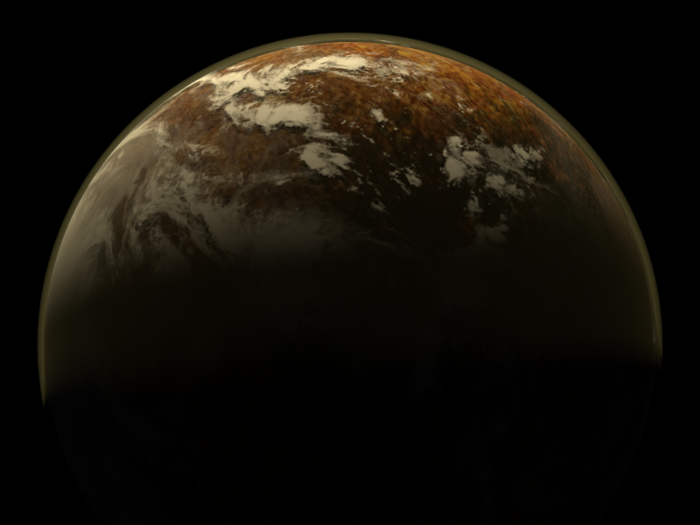
Source: Business Insider
What it reveals could radically change our chances at finding aliens.
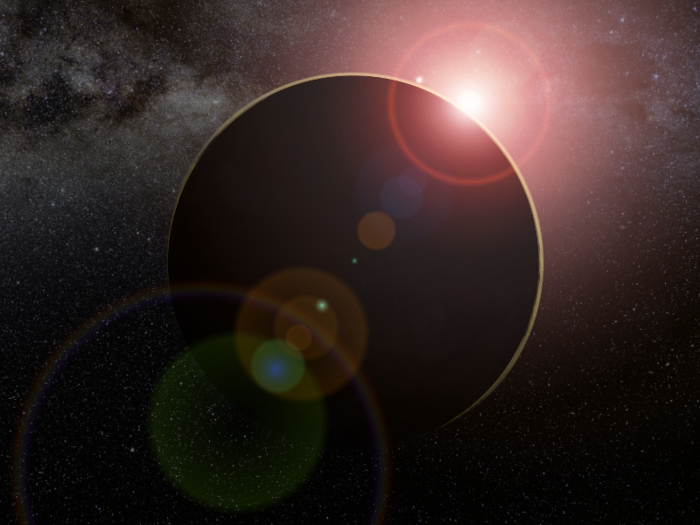
The star is 4.24 light-years from Earth, making it the closest to our planet besides the sun.
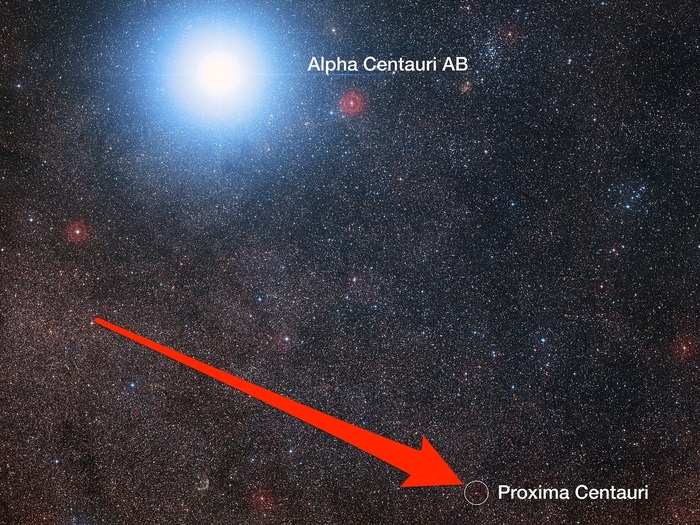
Source: NASA
No one has directly photographed Proxima b, but we could soon with either ground- or space-based telescopes.
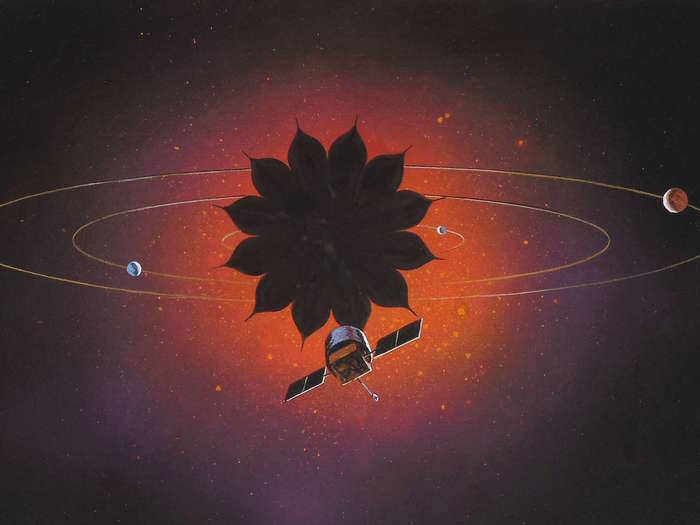
A photo of Proxima b would hardly be a pixel in size. But astrobiologist Abel Méndez says that bit of light could tell us a lot about dwarf-star systems.
Some purple would suggest a planet has oceans," says Méndez, since blue water looks that color in red light. "All brown might tell us it's bare rock.
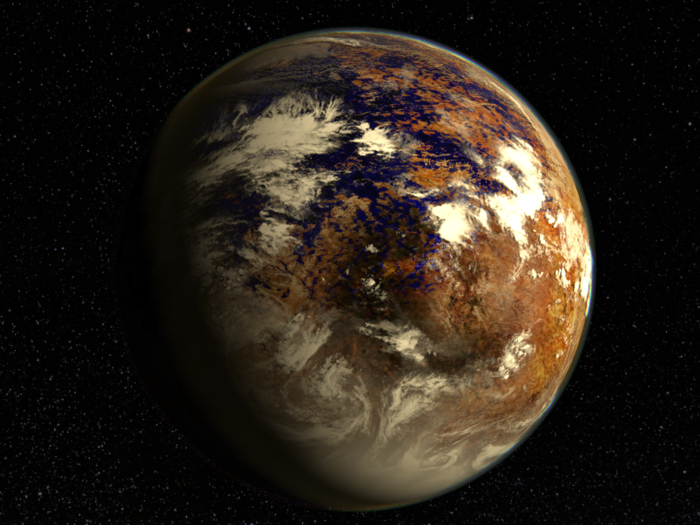
If Proxima b passes in front of its star — called a transit — scientists may be able to analyze its atmosphere, if it has one.
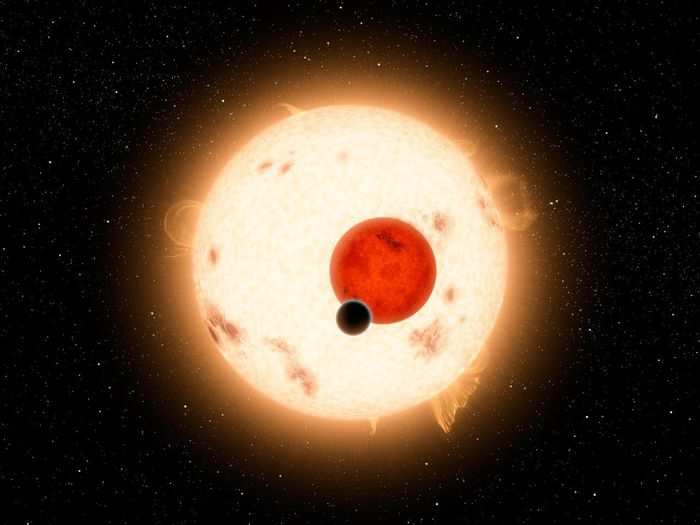
Source: Interview with Sara Seager, a planetary scientist at MIT
That might reveal "biosignature" molecules like oxygen, methane, carbon dioxide, and other chemistry that's associated with life.
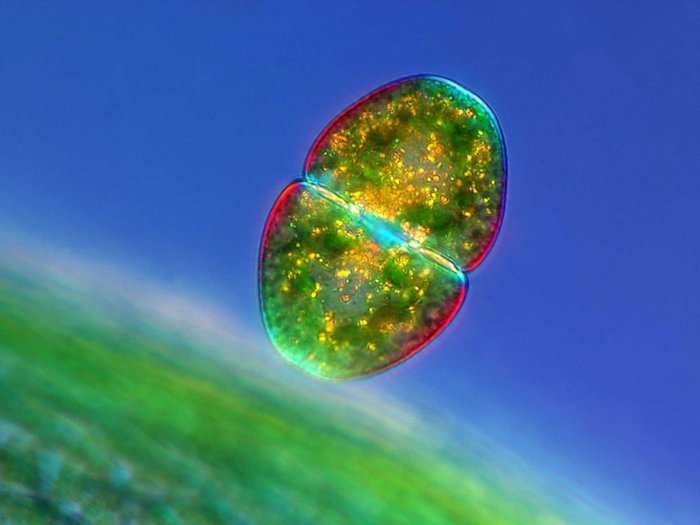
Source: Interview with Sara Seager, a planetary scientist at MIT
For example, worlds around a red dwarf may harbor jet-black plants to soak up that color of light.

Source: National Geographic News
But life on a rocky planet that orbits a red dwarf may not be all hunky-dory.
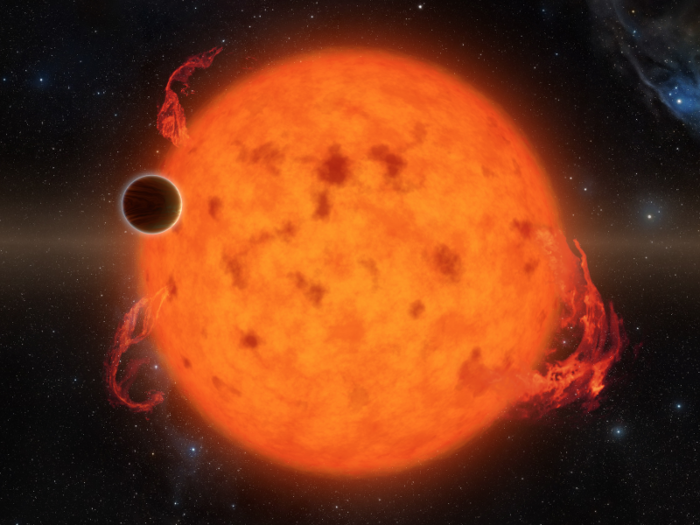
Planets around red dwarfs are more likely to always have one side facing the star. Researchers call this "tidal locking."
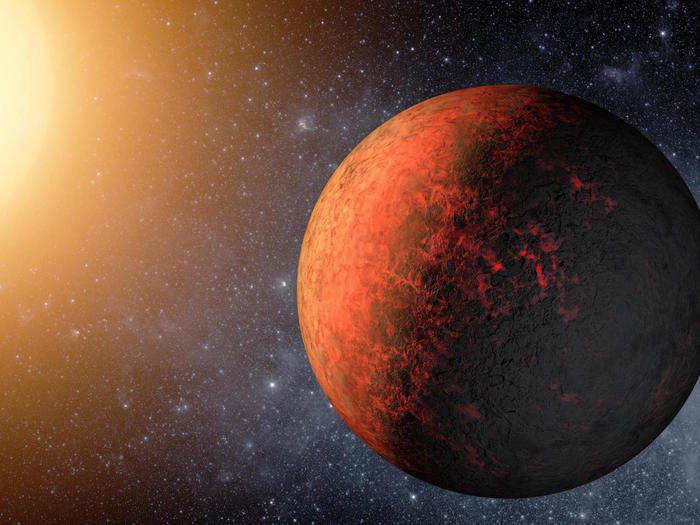
Source: Astrobiology Magazine
This could bake one half of a rocky planet and freeze the other.
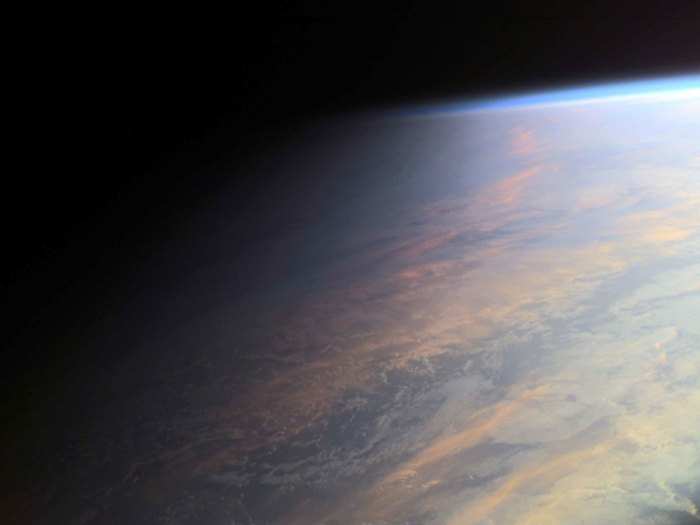
Earth doesn't have this problem and spins once every 24 hours, soaking most of its surface evenly in sunshine.
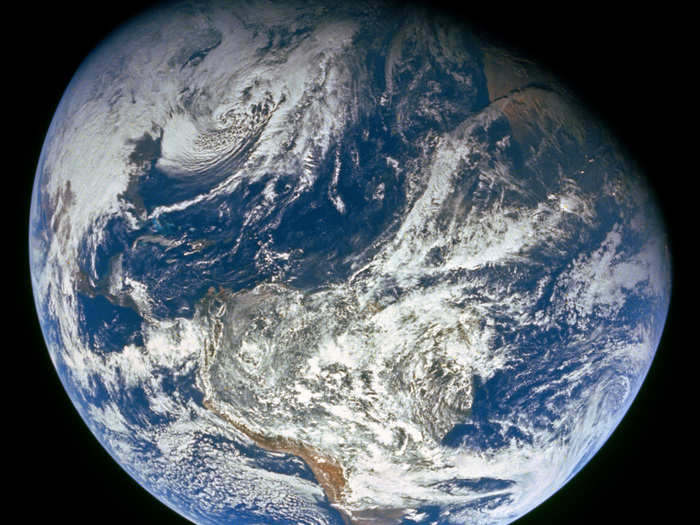
And like all stars, red dwarfs are giant balls of plasma that are prone to temper tantrums.
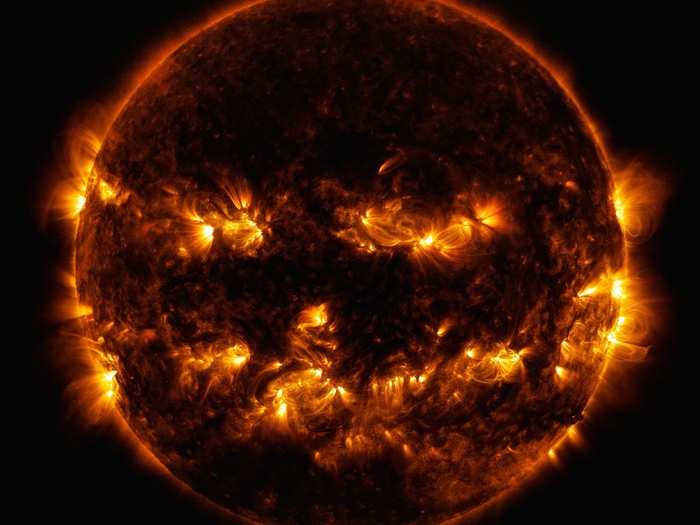
They can blast out solar flares and coronal mass ejections.
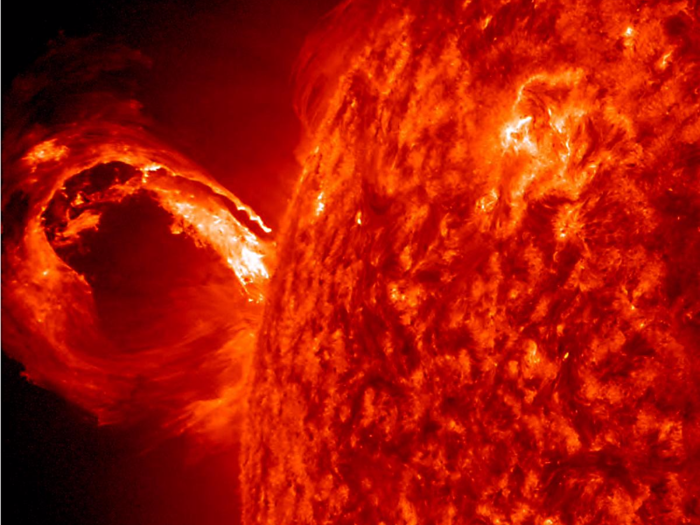
Red dwarfs are much dimmer than the sun, so their "Goldilocks zone" — where water could be liquid — is much closer. One year on Proxima b is 11.2 Earth days, for example.
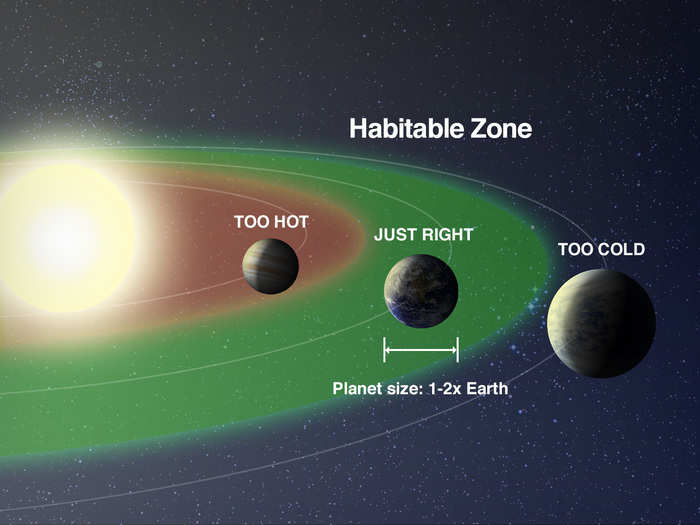
Source: Nature
Violent space weather that reaches a planet this close might trigger auroras more than 100,000 times stronger than those seen on Earth...
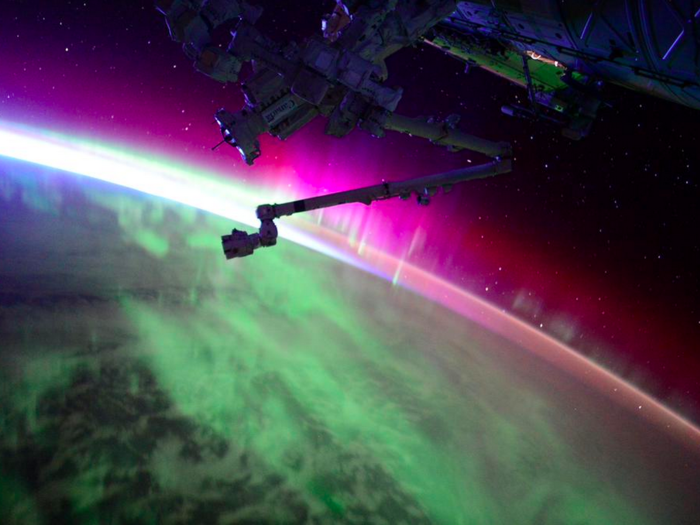
Source: Smithsonian Insider
...Blast away life-supporting atmospheric gases...
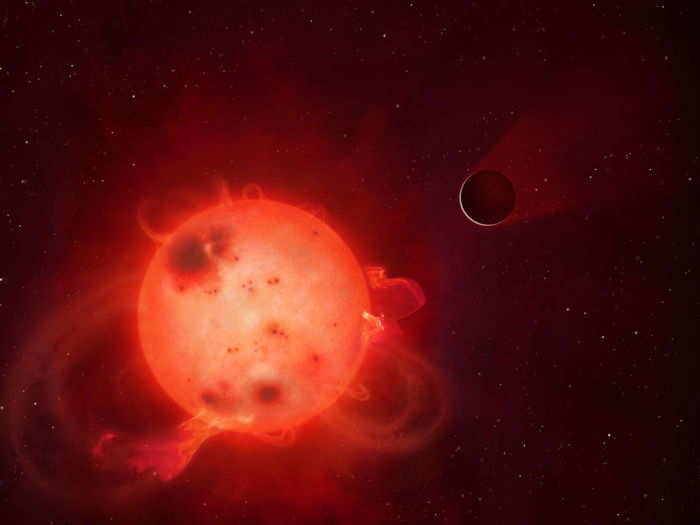
...And bathe the surface in X-ray radiation that's hundreds of times more powerful than what the sun shoots at Earth.
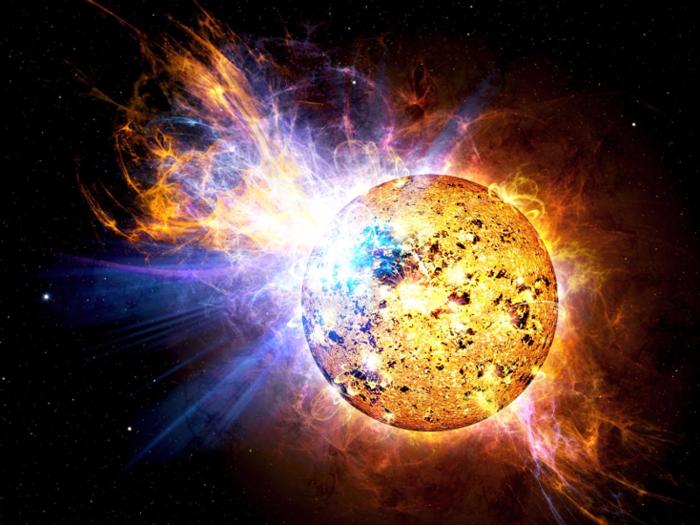
Then again, we know how crafty life can be.
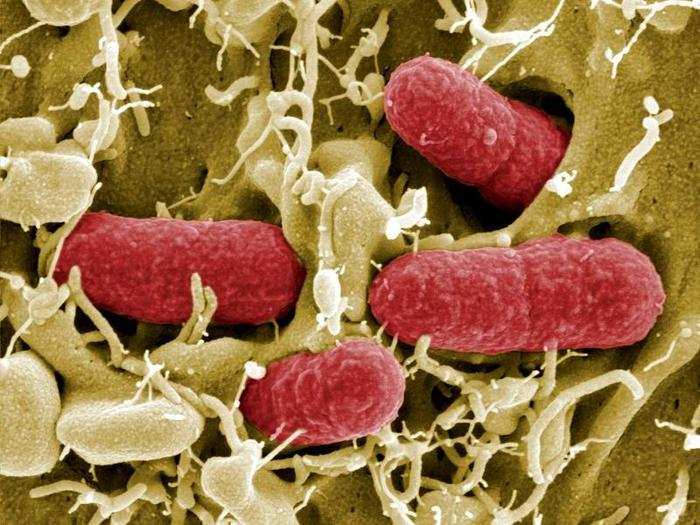
Earth's organisms have survived one calamity after another for billions of years.
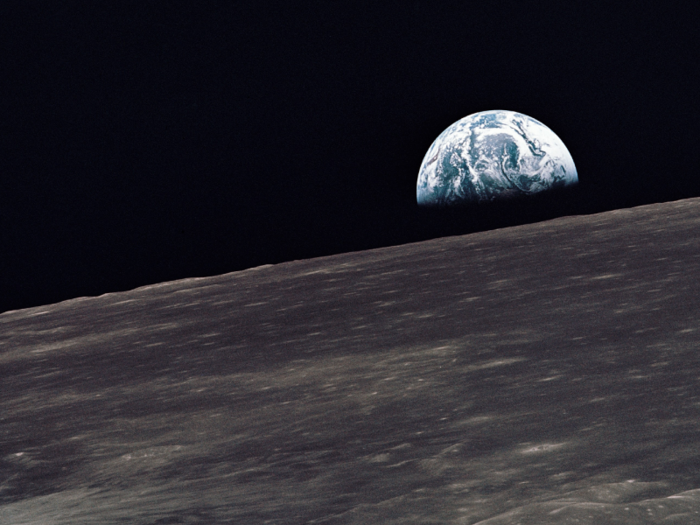
And red dwarf stars burn for trillions of years — hundreds of times longer than the sun will last, increasing the number of opportunities for life to arise, recover from catastrophe, and thrive.
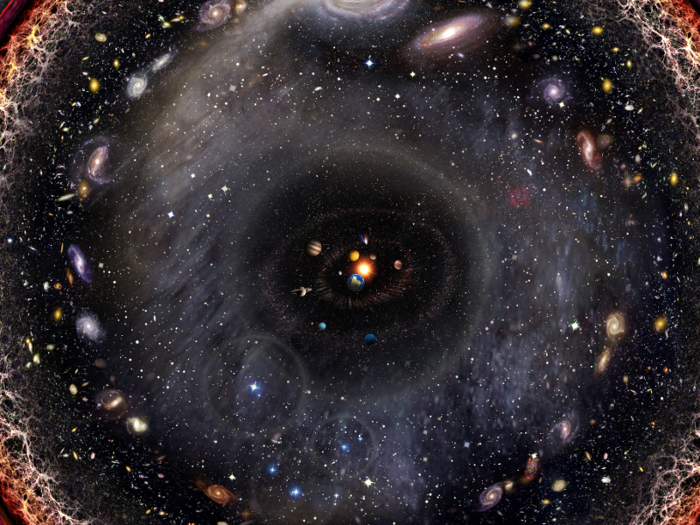
Sources: Interview with Avi Loeb, a physicist at Harvard University; Space.com
There's only way to find out for sure: Visit Proxima b.
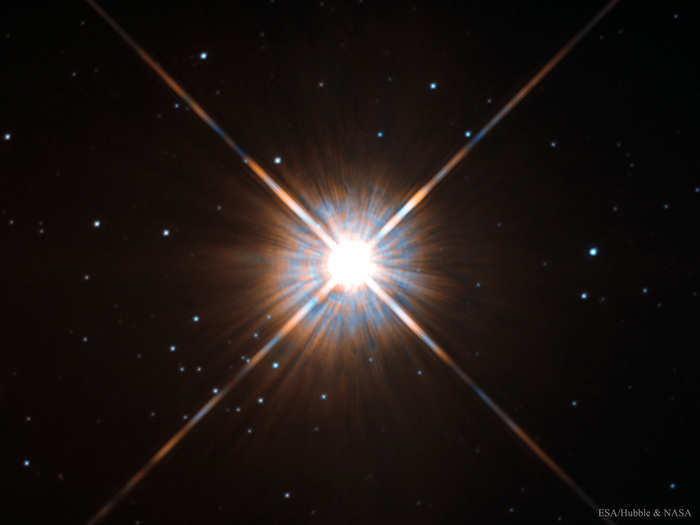
And though it's 25 trillion miles from Earth, that a mission called Starshot could reach fly by the world within and send back photos within the next 50 years.
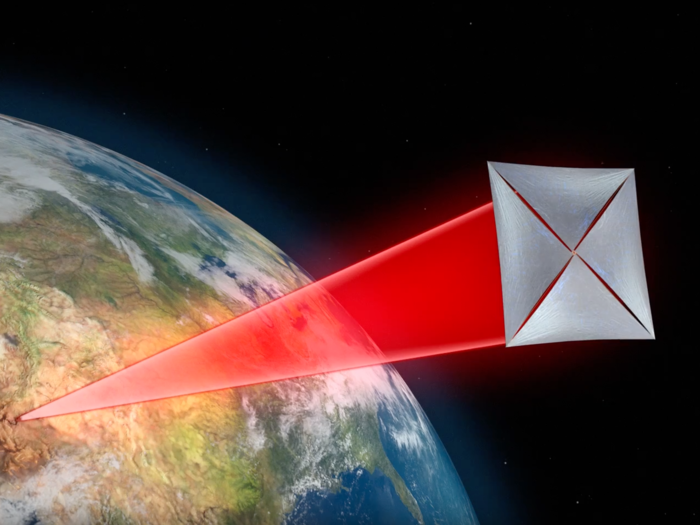
If we detect signs of life there, we may be a lot less alone in the universe.
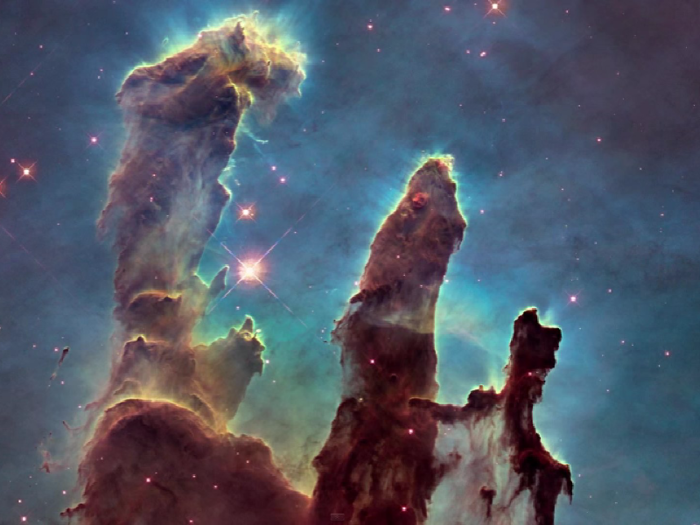
Popular Right Now
Advertisement
